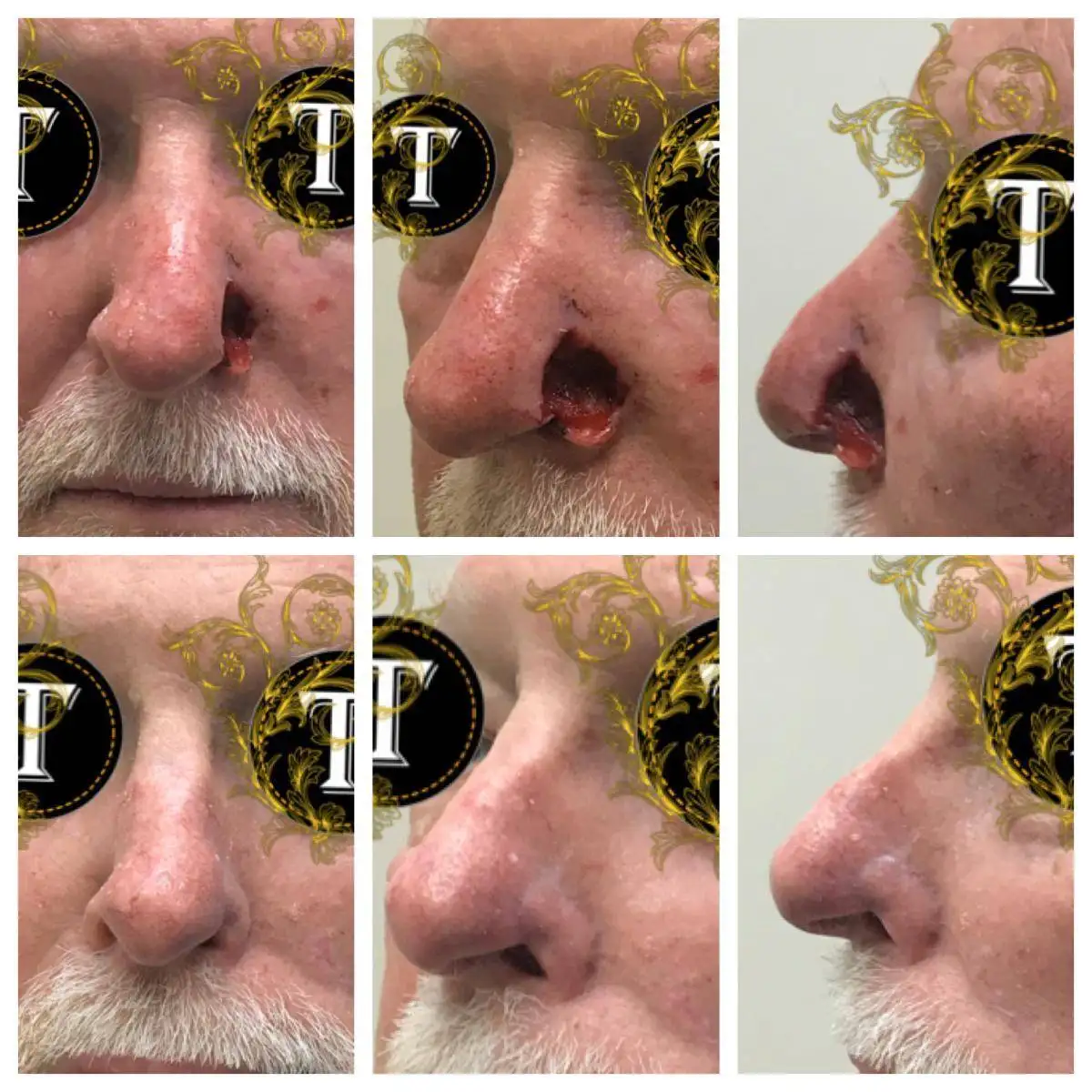
Before
After
Case ID: 3674
Individual results may vary.
Before
After
🔹 Male Liposuction – Body Contouring
This patient underwent liposuction to reduce stubborn fat in the abdominal, flanks, and back regions, achieving a more defined and proportionate silhouette.
📸 Before and after results shown here at 3 months post-op.
📍Performed by Dr. Tran, board-certified plastic surgeon. Individual results may vary.
#MaleLiposuction #AbdominalContouring #PlasticSurgeryForMen #BodySculpting #BeforeAndAfter #BoardCertifiedSurgeon #MensAesthetics #LiposuctionResults

Breast lift addresses sagging breast tissue. Breast reduction addresses painfully heavy breast tissue. One is primarily cosmetic, the other has obvious medical benefits. Neither is ideal in every situation. The best way to learn if a breast lift or breast reduction is the right choice for you is through a consultation! #breastlift #breastreduction

Have you considered enhancing your lips or improving the texture around your lips? With lip augmentation and dermal fillers, you can do both! You won’t believe the results! Call today to learn more! #lipfillers #fulllips

✨Sculpted and confident ✨ Swipe to see this amazing transformation after liposuction. Targeted contouring, beautiful results, and a boost of confidence to match.
#LiposuctionResults #BodyContour #BeforeAndAfter #ConfidenceBoost #PlasticSurgeryJourney #LipoTransformation #SurgicalSculpting #AestheticGoals #CosmeticSurgery #LiposuctionExpert

✨ Confidence, redefined. ✨
This beautiful patient underwent breast augmentation with silicone implants for a fuller, natural-looking enhancement. Every result is customized to your body and goals. 💗
📆 Schedule your consultation today.
#BreastAugmentation #SiliconeImplants #BeforeAndAfter #PlasticSurgery #ConfidenceBoost #NaturalResults #BodyGoals #BreastEnhancement #MiamiPlasticSurgeon
